high voltage test
High voltage testing in electrical testing is a process used to verify the insulation strength and the overall integrity of electrical components, systems, or equipment. The goal is to ensure that these systems can safely operate under normal operating conditions, including any potential voltage surges or spikes. High voltage tester helps detect weaknesses or defects in the insulation materials or construction of electrical equipment, reducing the risk of failures during operation.
-

50KV VLF Hipot Tester
-

Ultra-low Frequency Withstand Voltage VLF & DC Hipot Tester 40KV
-
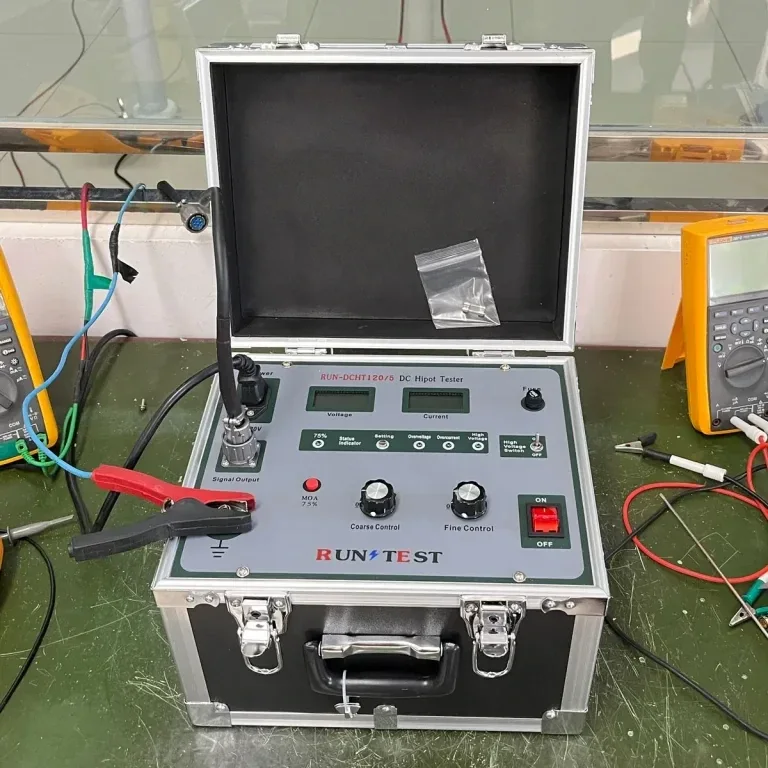
120kv 5ma DC Hipot Tester For Cables
-
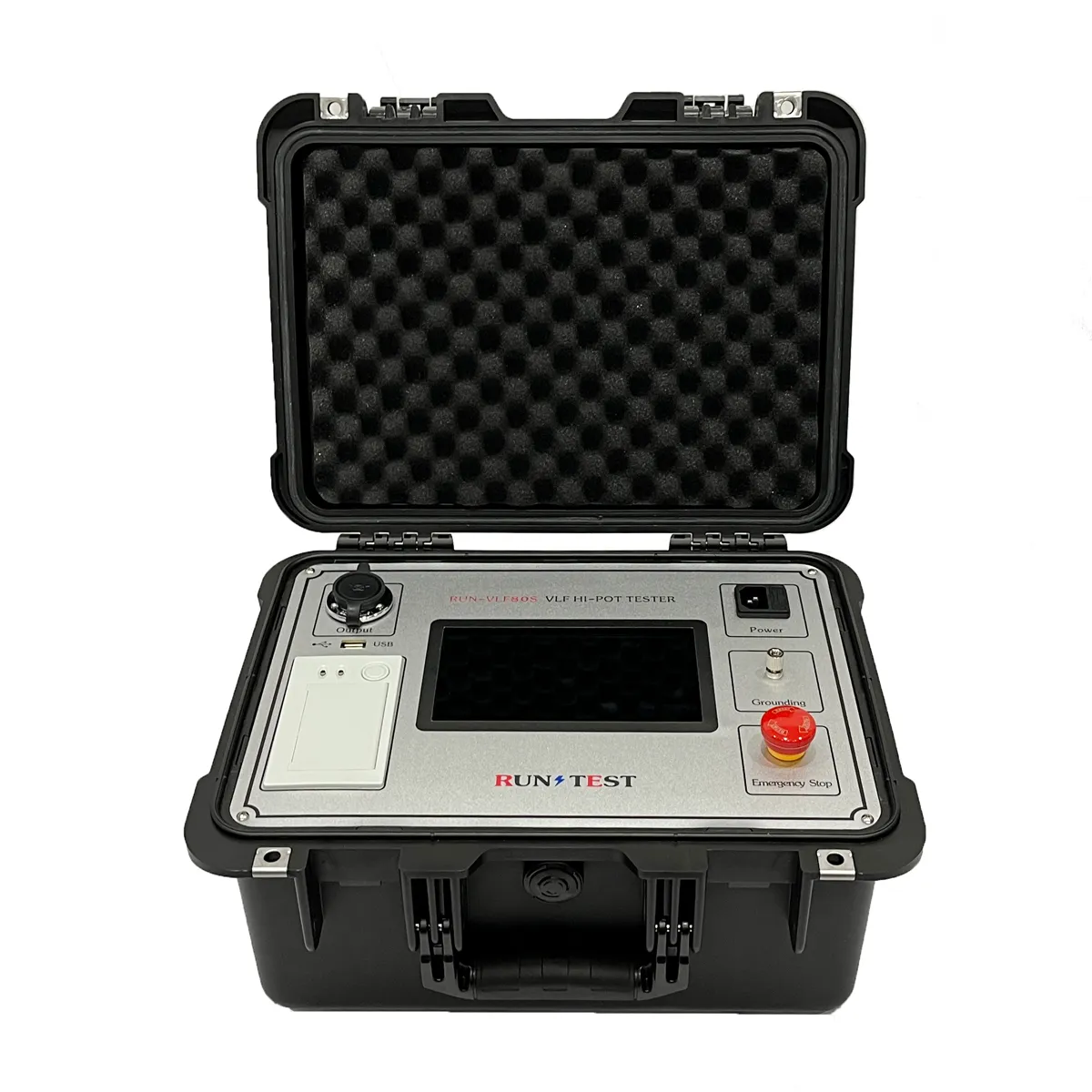
80kv VLF cable hipot tester
-
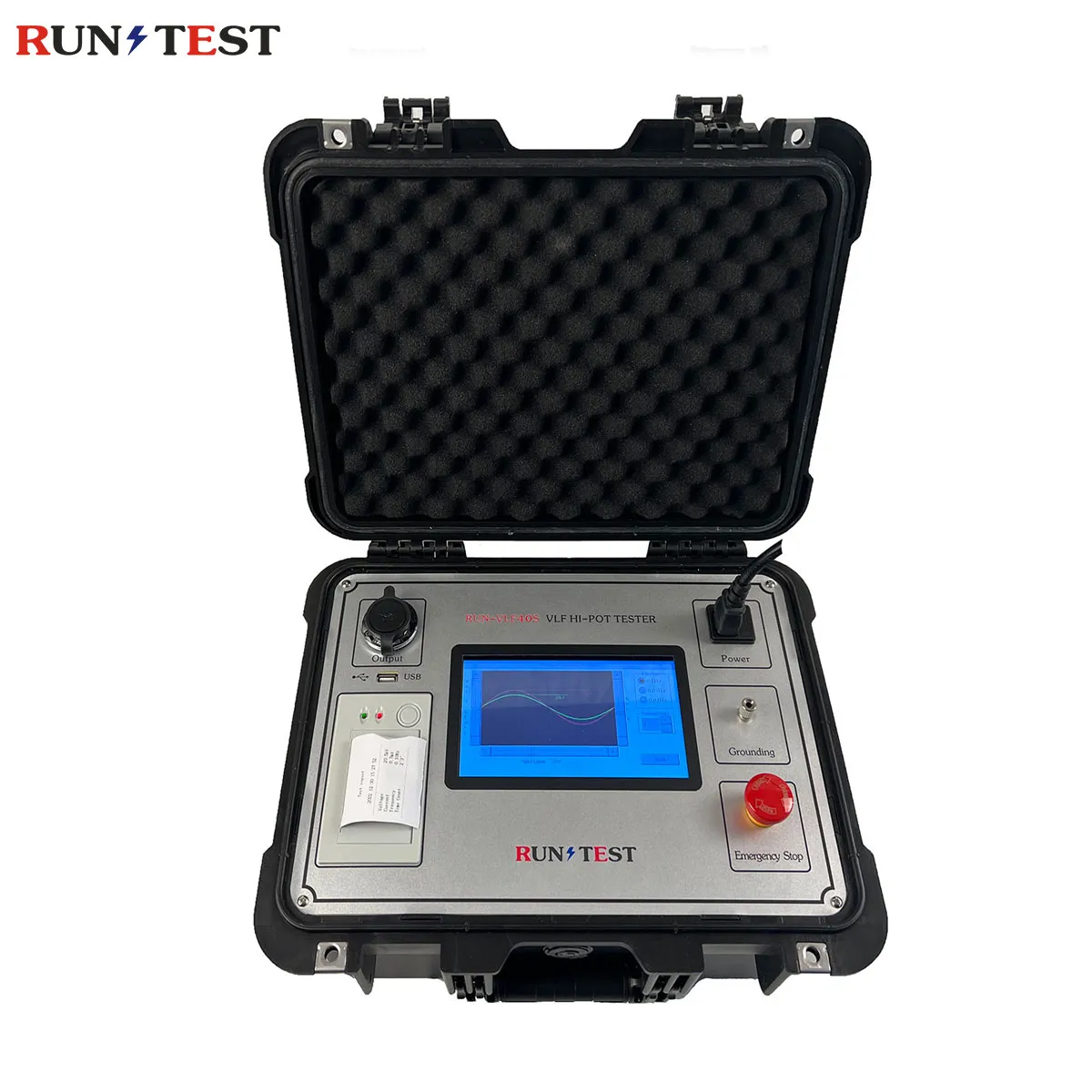
40kv Vlf Hipot Tester
-
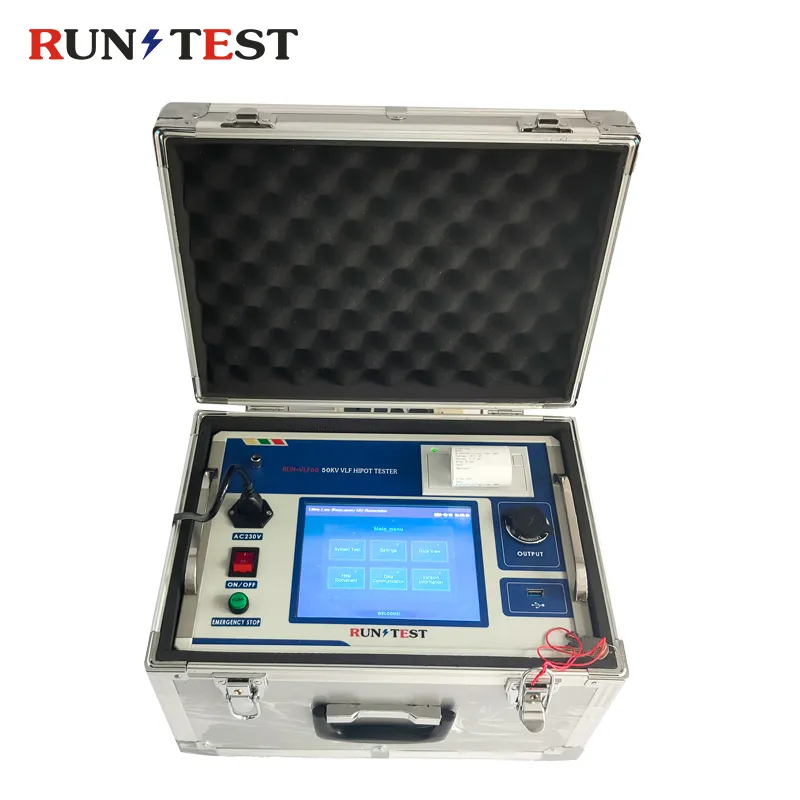
80Kv Very Low Frequency High Voltage Generator AC Hipot Generator
-
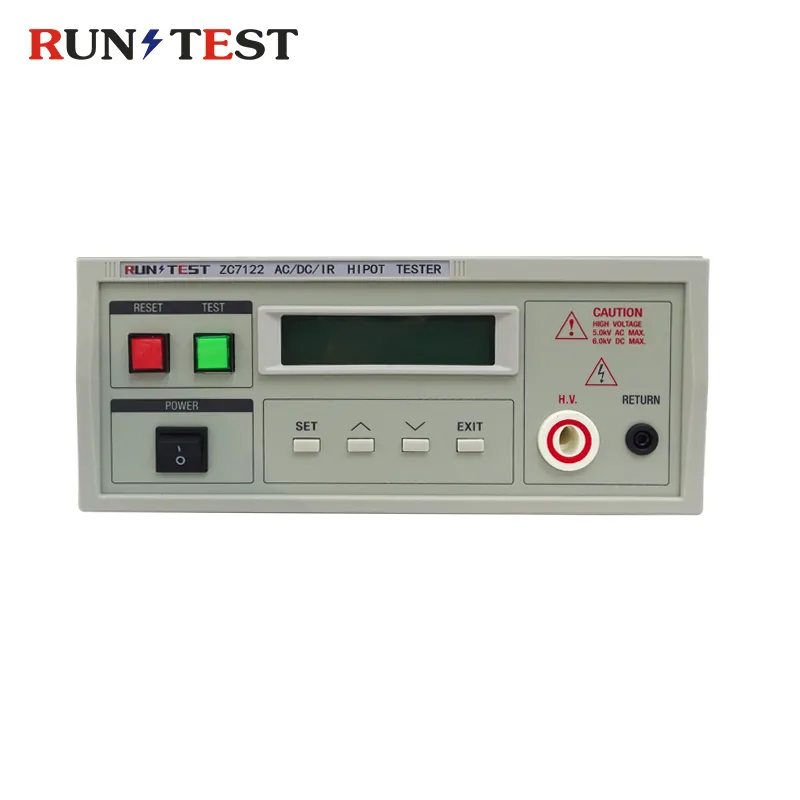
5KV AC 6KV DC Hipot Tester Insulation Resistance Tester
-

Electrical DC High Voltage Generator DC Hipot Tester
-
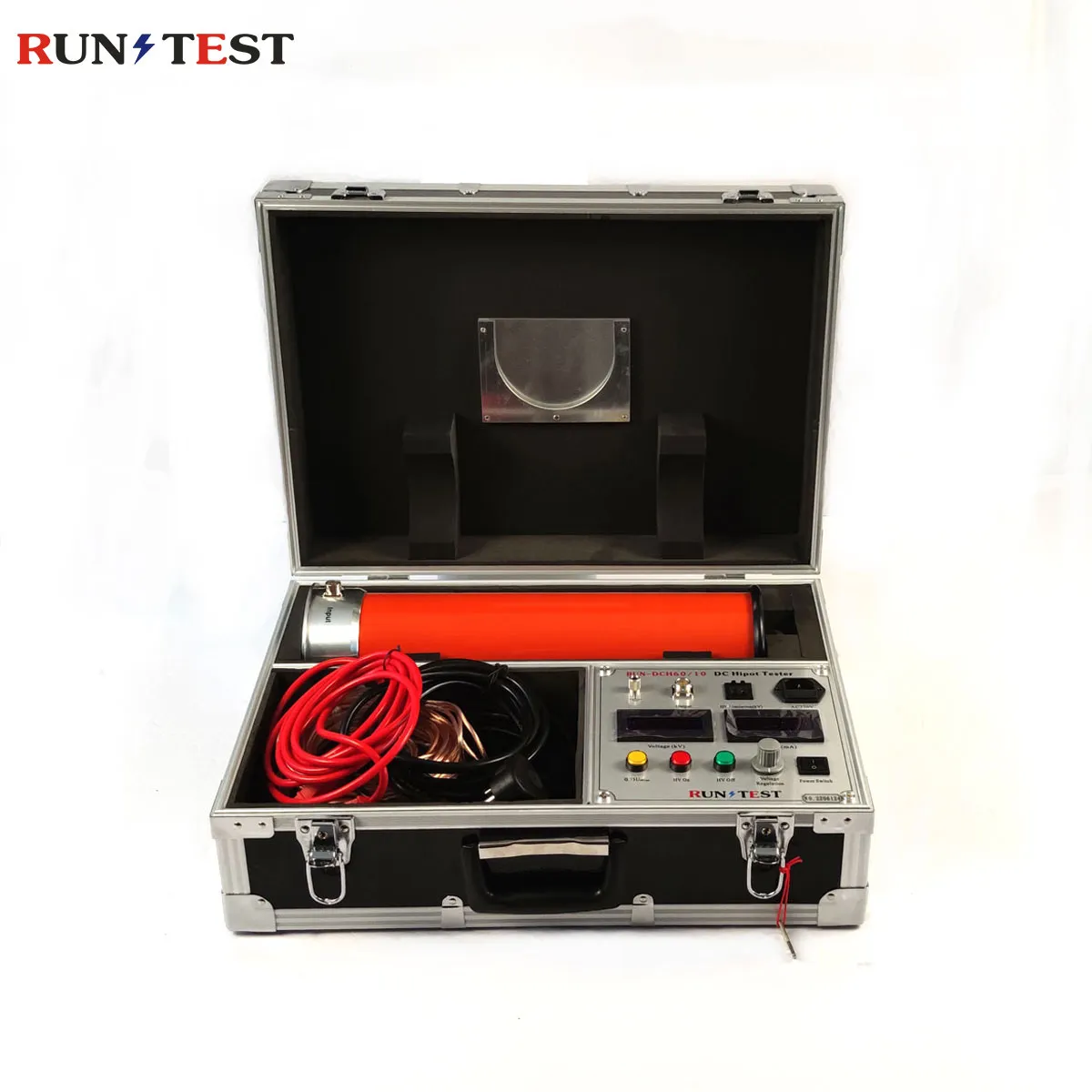
Portable All in One Type DC High Voltage Generator for Surge Arrester
Types of High Voltage Test
1. Hipot Test (High Potential Test)
We could charge the equipment's conductors with high voltage while performing this test. If the insulation doesn't hold, the current would appear, signaling a malfunction of the equipment.
2. Lightning Impulse Test
The purpose of the trial is to simulate the outcomes of lightning strikes and high-voltage surges on the electrical equipment. We perform such trials to determine whether the equipment can resist instant overvoltages.
Applications of High Voltage Testing
- Power transformers: We could use it to ensure insulation stays intact.
- Switchgear: We could check how it performs under high-voltage conditions.
- Cables: We could test the insulation strength, especially for long-distance transmission lines.
- Motors and generators: We could evaluate the condition of their insulation systems.
Safety Considerations
High voltage testing is risky, so safety steps are a must:
- Ground the equipment and testing system properly.
- Wear personal protective equipment (PPE), like insulating gloves and safety shoes.
- Label test areas as hazardous zones.
- Operate testing equipment remotely to lower the risk of electric shock.
High voltage testing is essential in ensuring that the electric systems are safe, dependable and will not fail working under high voltage.
